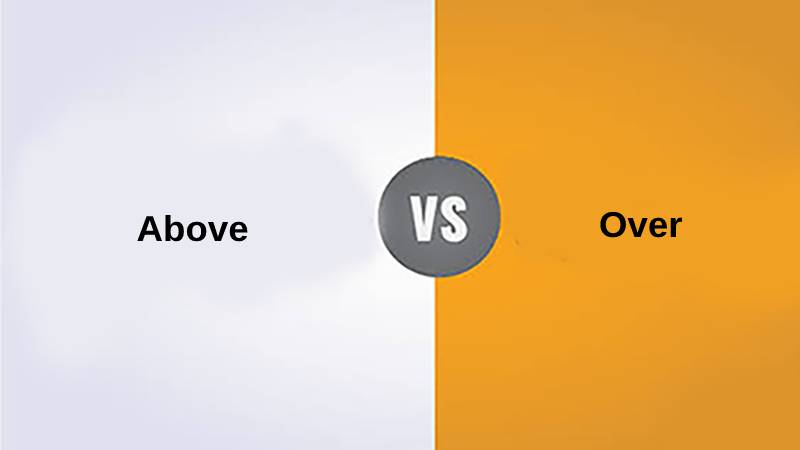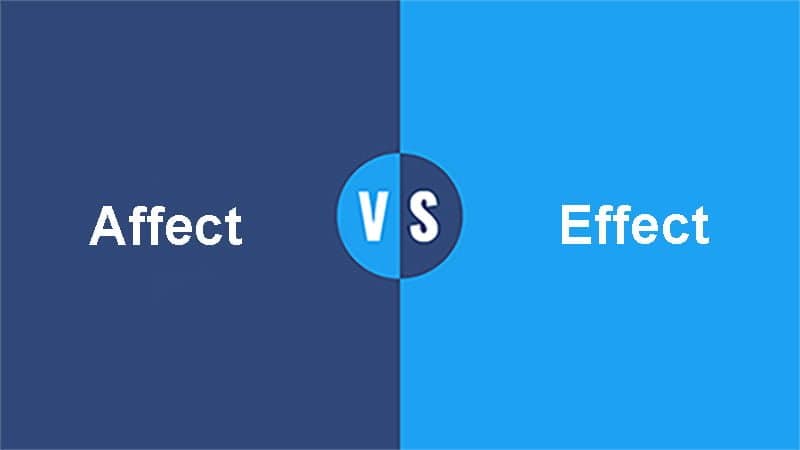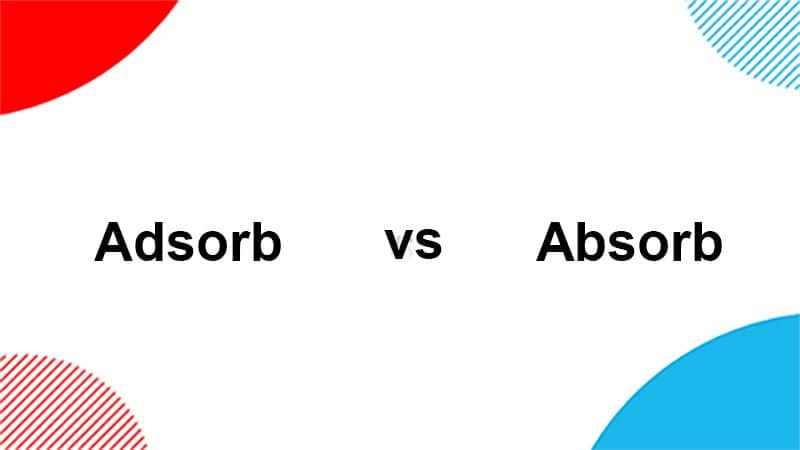Adverbs and conjunctions are essential elements in English that serve distinct sentence functions. While both contribute to sentence structure and meaning, they connect words, phrases, and clauses differently. This comprehensive guide will delve into the differences between adverbs and conjunctions, exploring their definitions, functions, types, and examples.
Adverbs: Definition and Functions
Definition of Adverbs
- Definition: Adverbs are words that modify verbs, adjectives, other adverbs, or entire sentences. They explain how, when, where, why, or to what degree an action or situation occurs.
Functions of Adverbs
- Modify Verbs: Adverbs can modify verbs by answering questions like “how,” “when,” or “where” an action takes place. For example, in the sentence “She sings beautifully,” “beautifully” modifies the verb “sings” by describing how she sings.
- Modify Adjectives: Adverbs can also modify adjectives, adding details about the degree or intensity of a quality. In the sentence “The weather is extremely hot,” “extremely” modifies the adjective “hot” to indicate a high degree of heat.
- Modify Other Adverbs: Adverbs can modify other adverbs, indicating the degree or manner of an action. For instance, the phrase “She sings very loudly” “very” modifies the adverb “loudly.”
- Modify Entire Sentences: Adverbs can modify entire sentences, providing information about the speaker’s attitude, certainty, or perspective. For example, “Fortunately, the weather improved” adds the adverb “fortunately” to express a positive viewpoint about the weather change.
Conjunctions: Definition and Functions
Definition of Conjunctions
- Definition: Conjunctions are words or phrases used to connect words, phrases, or clauses within a sentence. They establish relationships between different sentence parts, making them coherent and structurally sound.
Functions of Conjunctions
- Coordinate Elements: Conjunctions are used to coordinate elements within a sentence. They can join words, phrases, or independent clauses of equal importance. For example, in the sentence “I like tea, and she prefers coffee,” the conjunction “and” coordinates the two choices.
- Subordinate Clauses: Conjunctions can also introduce subordinate clauses, which depend on the main clause to form a complete sentence. In the sentence “Because it was raining, we stayed indoors,” “because” introduces the subordinate clause.
- Combine Ideas: Conjunctions help combine related ideas, expressing complex relationships between different parts of a sentence. In the sentence “Although it rained, we went for a walk,” “although” introduces a contrasting idea.
Types of Adverbs
Adverbs of Manner
- Function: Adverbs of manner describe how an action is performed. They answer the question, “how.” For example, in the sentence “She danced gracefully,” “gracefully” is an adverb of manner.
- Examples: swiftly, gently, happily, carefully
Adverbs of Time
- Function: Adverbs of time indicate when an action takes place. They answer the question “when.” For example, in the sentence “They arrived yesterday,” “yesterday” is an adverb of time.
- Examples: now, later, soon, yesterday
Adverbs of Place
- Function: Adverbs of place describe where an action occurs. They answer the question, “where.” In the sentence “He looked everywhere,” “everywhere” is an adverb of place.
- Examples: here, there, everywhere, nearby
Adverbs of Frequency
- Function: Adverbs of frequency express how an action happens. They answer the question, “how often.” In the sentence “She always arrives early,” “always” is an adverb of frequency.
- Examples: always, often, rarely, never
Adverbs of Degree
- Function: Adverbs of degree modify adjectives or other adverbs to indicate the degree or intensity of an action or quality. They answer the question, “to what degree.” For instance, in the sentence “He is very talented,” “very” is an adverb of degree.
- Examples: very, too, quite, almost
Types of Conjunctions
Coordinating Conjunctions
- Function: Coordinating conjunctions connect elements of equal grammatical importance, such as words, phrases, or independent clauses. They are commonly remembered using the acronym “FANBOYS” (For, And, Nor, But, Or, Yet, So).
- Examples:
- He likes both tea and coffee.
- She is tired, but she keeps working.
Subordinating Conjunctions
- Function: Subordinating conjunctions introduce subordinate clauses, making them dependent on the main clause. These conjunctions establish time, cause, condition, and more relationships between the clauses.
- Examples:
- Because it was raining, we stayed indoors.
- Although she was busy, she helped me.
Correlative Conjunctions
- Function: Correlative conjunctions work in pairs to join words, phrases, or clauses. They emphasize the relationships between the elements they connect. Common pairs include “either/or,” “neither/nor,” “both/and.”
- Examples:
- Either you come to the party, or you stay home.
- Both John and Mary enjoyed the movie.
Examples of Adverbs and Conjunctions in Sentences
Adverbs in Sentences
- Manner: She spoke eloquently during the presentation.
- Time: We’ll meet for lunch tomorrow.
- Place: The treasure is hidden somewhere in this room.
- Frequency: He exercises daily to stay fit.
- Degree: The coffee is too hot to drink right now.
Conjunctions in Sentences
- Coordinating Conjunctions:
- He wants to visit the museum and the zoo.
- She is tired, but she won’t stop working.
- Subordinating Conjunctions:
- Because it was raining, we stayed indoors.
- Although she was busy, she helped me.
- Correlative Conjunctions:
- Either you come to the party, or you stay home.
- Both John and Mary enjoyed the movie.
Conclusion
In conclusion, adverbs and conjunctions are distinct parts of speech with different roles and functions in English grammar. Adverbs modify verbs, adjectives, other adverbs, or entire sentences to explain how, when, where, why, or to what degree an action or situation occurs. On the other hand, conjunctions connect words, phrases, or clauses within a sentence to establish relationships and coherence. Understanding these differences is fundamental for constructing clear and effective sentences in English, enabling precise communication and conveying the intended meaning.











